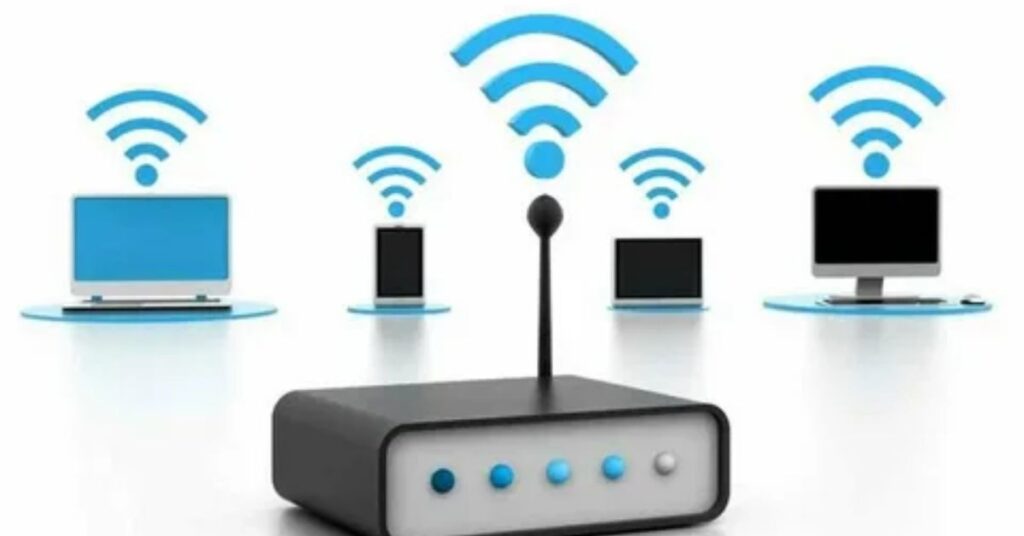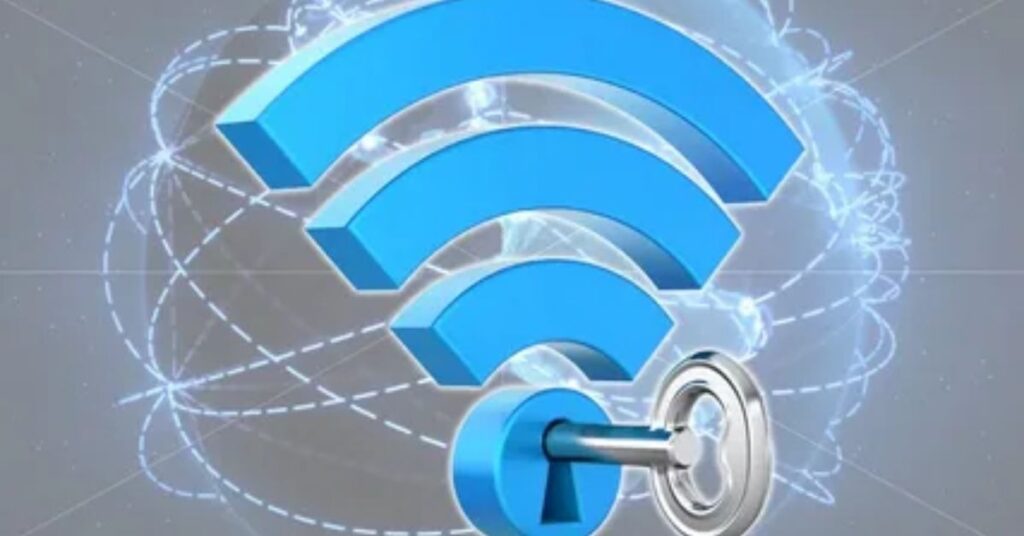In the rapidly evolving world of Wi-Fi technology, staying ahead of the curve is essential. Koziol’s insights, featured in IEEE Spectrum, provide a comprehensive analysis of Wi-Fi’s current state and future trends. His expert perspectives shed light on the challenges and opportunities shaping the wireless communication landscape.

Wi-Fi technology is changing fast, and Koziol’s insights in IEEE Spectrum offer a clear look at where it’s headed. He highlights key trends and challenges shaping the future of wireless networks. This deep dive gives valuable knowledge on what’s next for Wi-Fi.
Also Red :http://Fashion 6 Cell 14.4V 4001mAh-5000mAh HP Computer Battery: A Comprehensive Guide
Evolution of Wi-Fi Standards
Wi-Fi standards have come a long way since their first introduction. Each new version brings faster speeds, better reliability, and improved coverage. From Wi-Fi 1 to the latest Wi-Fi 6 and 6E, technology keeps advancing to meet growing user demands. These upgrades help support the increasing number of connected devices in our homes and workplaces.
The future of Wi-Fi is even more promising, with upcoming Wi-Fi 7 offering even higher speeds and lower latency. These changes will help meet the needs of high-demand applications like virtual reality and 4K streaming. As Wi-Fi standards evolve, they continue to transform how we connect and communicate.
Integration of AI in Wi-Fi Technology

AI is making Wi-Fi smarter by improving speed and efficiency. It helps manage network traffic, reducing congestion and boosting performance. AI can also predict network issues before they happen, allowing for quicker fixes. With AI, Wi-Fi can automatically adjust to changing conditions, offering a better experience. This integration makes Wi-Fi more reliable for activities like video streaming and gaming. As AI continues to evolve, Wi-Fi will become even more advanced and user-friendly.
Challenges and Solutions in High-Frequency Wi-Fi
High-frequency Wi-Fi, like Wi-Fi 6E, offers faster speeds but comes with challenges. The higher frequencies struggle with range and can be easily blocked by walls. To overcome this, using more access points and advanced antennas helps extend coverage. Another solution is using AI to manage the network more efficiently. This helps avoid interference and ensures a smoother connection. As technology improves, these challenges are becoming easier to manage.
Security Enhancements in Wi-Fi

Wi-Fi security has improved with newer standards like WPA3, which makes connections safer. It offers stronger encryption and protects against hacking attempts. This helps keep personal data secure on wireless networks.
As Wi-Fi technology advances, new methods like improved authentication and encryption are being added. These security updates make Wi-Fi safer for users and reduce the risk of data breaches
The Future of Wi-Fi: Beyond 5G

The future of Wi-Fi goes beyond 5G, with new technologies like Wi-Fi 6 and Wi-Fi 7 offering faster speeds and better coverage. These advancements will support more connected devices and improve the experience for activities like streaming and gaming. Wi-Fi will continue to evolve with features like lower latency and increased reliability. Future developments aim to meet the growing demand for high-speed connections. As more industries rely on wireless technology, Wi-Fi will play a crucial role in shaping the future of communication. The next step in wireless innovation will bring even more possibilities.
Also Red :http://Fashion 6 Cell 14.4V 4001mAh-5000mAh HP Computer Battery: A Comprehensive Guide
Frequently Asked Questions
Smart Homes and IoT Integration:
Wi-Fi is the backbone of smart home devices, enabling seamless communication between gadgets like lights, cameras, and voice assistants. This integration creates a fully connected environment, making homes more energy-efficient and secure. IoT devices also allow users to control and monitor their homes remotely. As the number of smart devices grows, Wi-Fi plays a crucial role in maintaining connectivity. This shift is transforming how we live and interact with our environments.
Healthcare and Telemedicine:
Wi-Fi allows healthcare providers to offer telemedicine services, making healthcare more accessible for patients in remote areas. It supports the transfer of medical data, enabling quicker diagnoses and treatment plans. Wearable health devices can also send real-time data to doctors via Wi-Fi, improving patient monitoring. This technology helps reduce hospital visits and offers convenience to patients. The integration of Wi-Fi in healthcare is paving the way for more personalized, efficient care.
Industrial Automation:
In industries, Wi-Fi is essential for connecting machines, sensors, and devices that automate production lines. It allows for real-time data sharing, which helps optimize operations and improve safety. Wi-Fi in industrial automation also aids predictive maintenance by detecting issues before they cause equipment failure. The continuous connection ensures smooth workflows, reducing downtime. This technology is transforming industries by increasing efficiency and lowering operational costs.
Entertainment and Gaming:
Wi-Fi provides the high-speed connections needed for seamless streaming of video, music, and online gaming. It enables smooth, buffer-free experiences, especially for high-definition content and multiplayer games. With the rise of cloud gaming, Wi-Fi becomes essential for fast, lag-free gameplay without the need for powerful hardware. It also supports smart TVs, gaming consoles, and virtual reality setups, improving entertainment options. As demand for digital content grows, Wi-Fi is key to delivering these experiences effectively.
Business and Remote Work:
Wi-Fi plays a vital role in remote work by connecting employees to cloud services and virtual communication platforms. It enables video conferencing, file sharing, and real-time collaboration across different locations. This has made working from home or other remote locations more efficient. Wi-Fi networks also support businesses in maintaining secure communication channels. As remote work becomes more common, Wi-Fi ensures that business operations continue without interruptions.
Summery
Koziol’s insights in IEEE Spectrum highlight the evolution of Wi-Fi technology and its future potential. He discusses how advancements like Wi-Fi 6 and AI integration are improving performance and reliability. Challenges such as congestion and security are also addressed, with solutions like better encryption and smarter network management. Koziol emphasizes the role of high-frequency Wi-Fi in meeting the growing demand for faster connections. His analysis offers valuable perspectives on how Wi-Fi will continue to shape our connected world.










